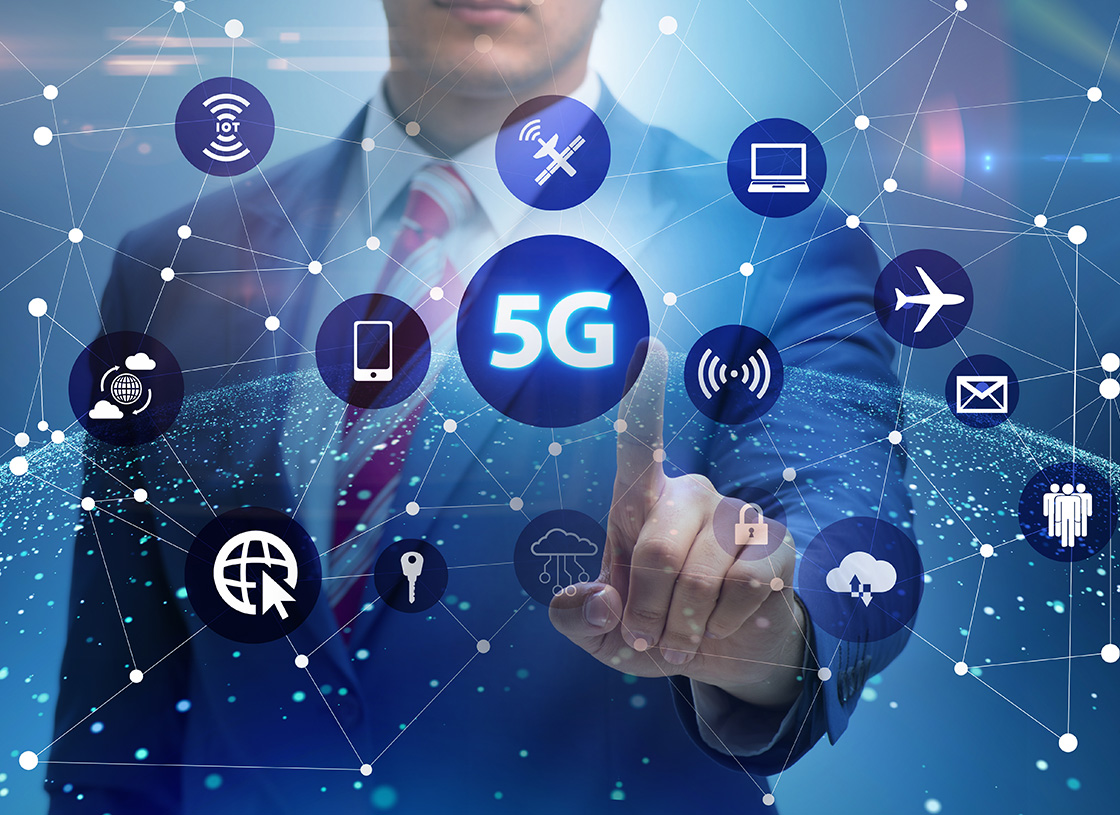Technology is always on march, and the goal is usually something faster and more efficient. The latest version of “newest and latest” sweeping across the country is coming in the form of 5G. The term 5G is short for fifth generation, meaning that the rollout of the fifth generation of wireless technology is now underway.
According to PC Magazine, Verizon started selling the world’s first 5G phone on April 3. Since then AT&T has launched its mobile 5G network in 19 cities, and Sprint turned on its network at the end of May.
Coverage right now is said to be spotty and erratic, but getting through hiccups is par for the course when a wave of new technology is undergoing a big launch. Perhaps everything will be running smoothly by the time you upgrade your own smartphone. In the meantime, what will 5G do and why does it matter?
First, it’s about speed. CNET reports that Verizon’s network is surging past 1 gigabit per second. What that actually means, CNET says, is that it’s moving 10 to 100 times faster than a typical cellular connection and is faster than fiber-optic cable running into your house. So you can imagine downloading a Netflix series in a matter of seconds.
Right now, when you click a video you get it super fast in today’s terms (say, 20 milliseconds). But 5G reduces that lag time to 1 millisecond, CNET explains.
Does everybody need this speed right now? Probably not, but our needs will catch up. As PC Magazine notes, the first 4G phones appeared in 2010, but the applications that relied on that level of speed were developed after the network made them possible. (Snapchat, for example.) Similarly, 5G is an investment that looks ahead to the next decade and will be the technology that new “must-have” apps will be developed to run on.
Matthew Frankel, writing for the online newsletter The Motley Fool goes deeper into that side of the story. According to Frankel, 5G technology “should be able to meet the vast needs for additional data transmission capability that are expected in the next several years. Some industry analysts estimate there will be nearly 21 billion internet-connected devices by the year 2020, more than three times as many as there were in 2016. That figure doesn’t just include phones, tablets, computers – devices such as home appliances, cars, dog collars, and many more are getting connected via the Internet of Things.”
Frankel said that devices will probably be available for most customers by 2020. He also recapped the generations of technology that have led us to this point:
- 1G was the original cell phone network from the early 1990s.
- 2G added text messages to wireless networks.
- 3G allowed users to access the Internet on mobile devices.
- 4G expanded on 3G, making Internet access and app use faster.
- 5G expands 4G speed by leaps and bounds, delivering data up to 100 times faster.
As with any launch, an upgrade is pricey. When Verizon started selling its Samsung Galaxy S10 5G in May, the price started at $1,299.99 retail – not surprisingly, with payment plans available.

